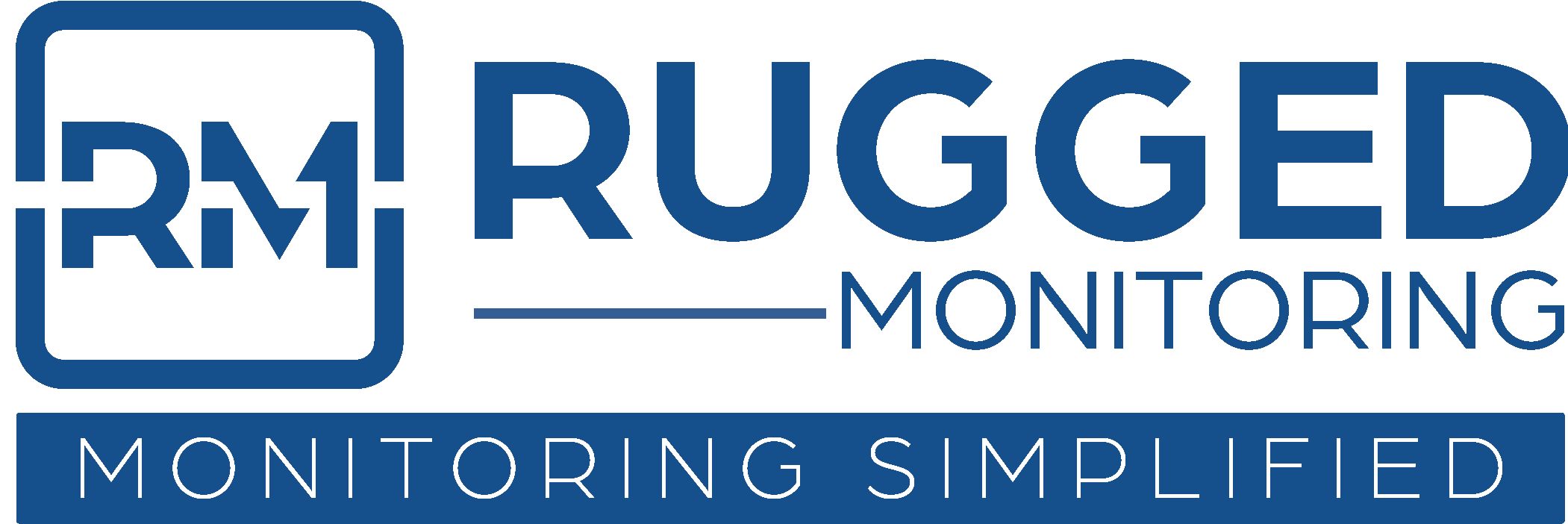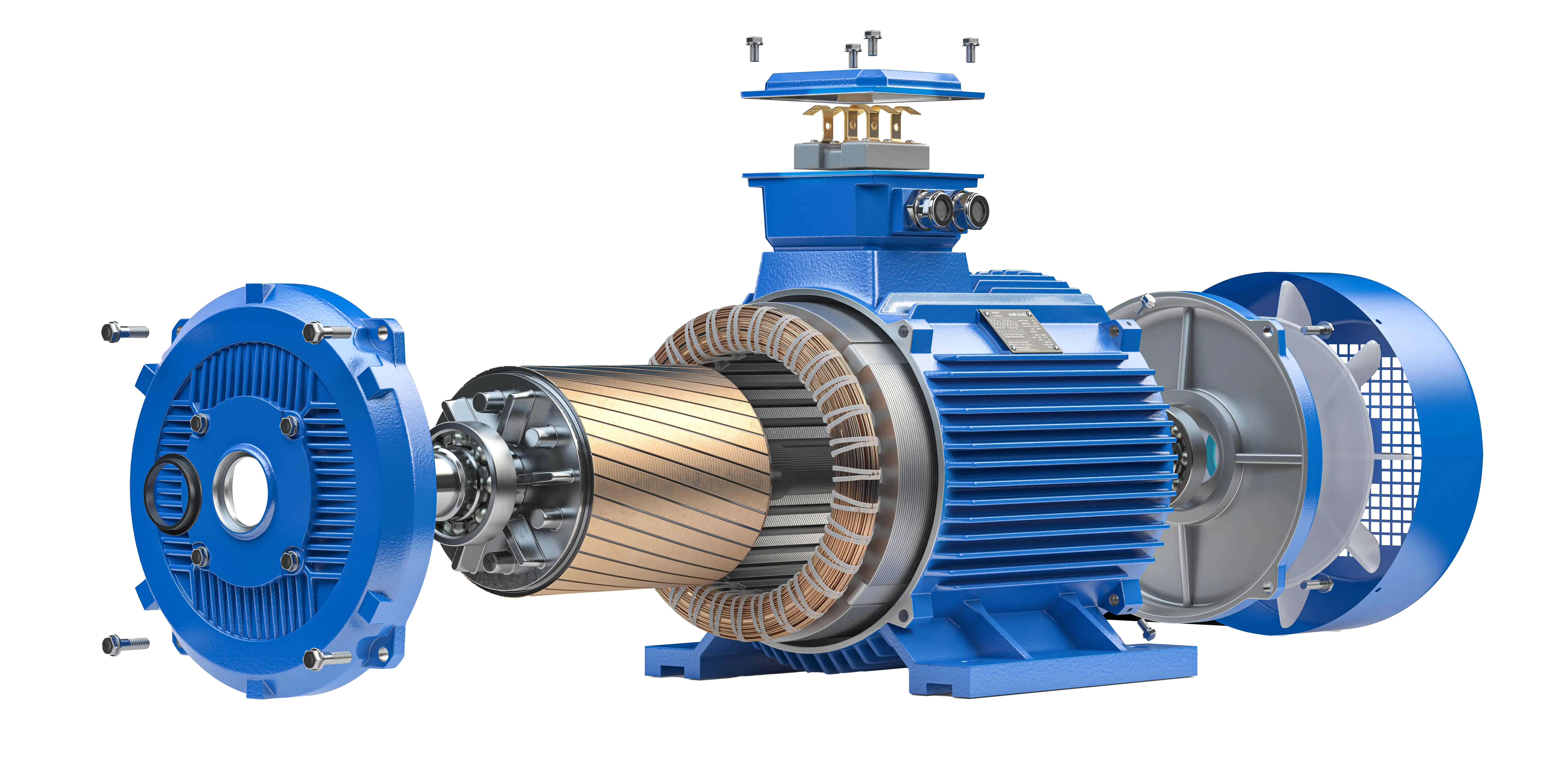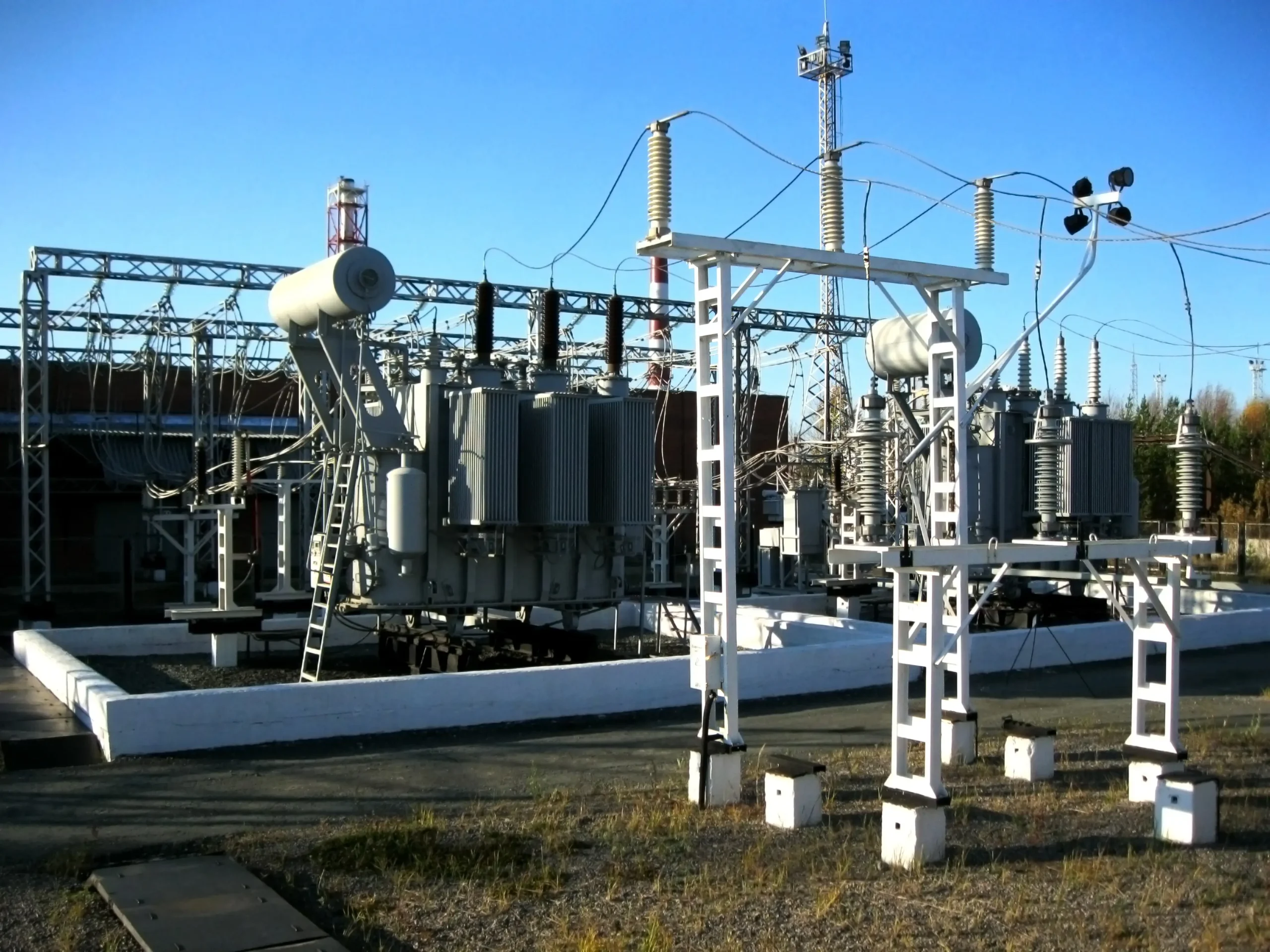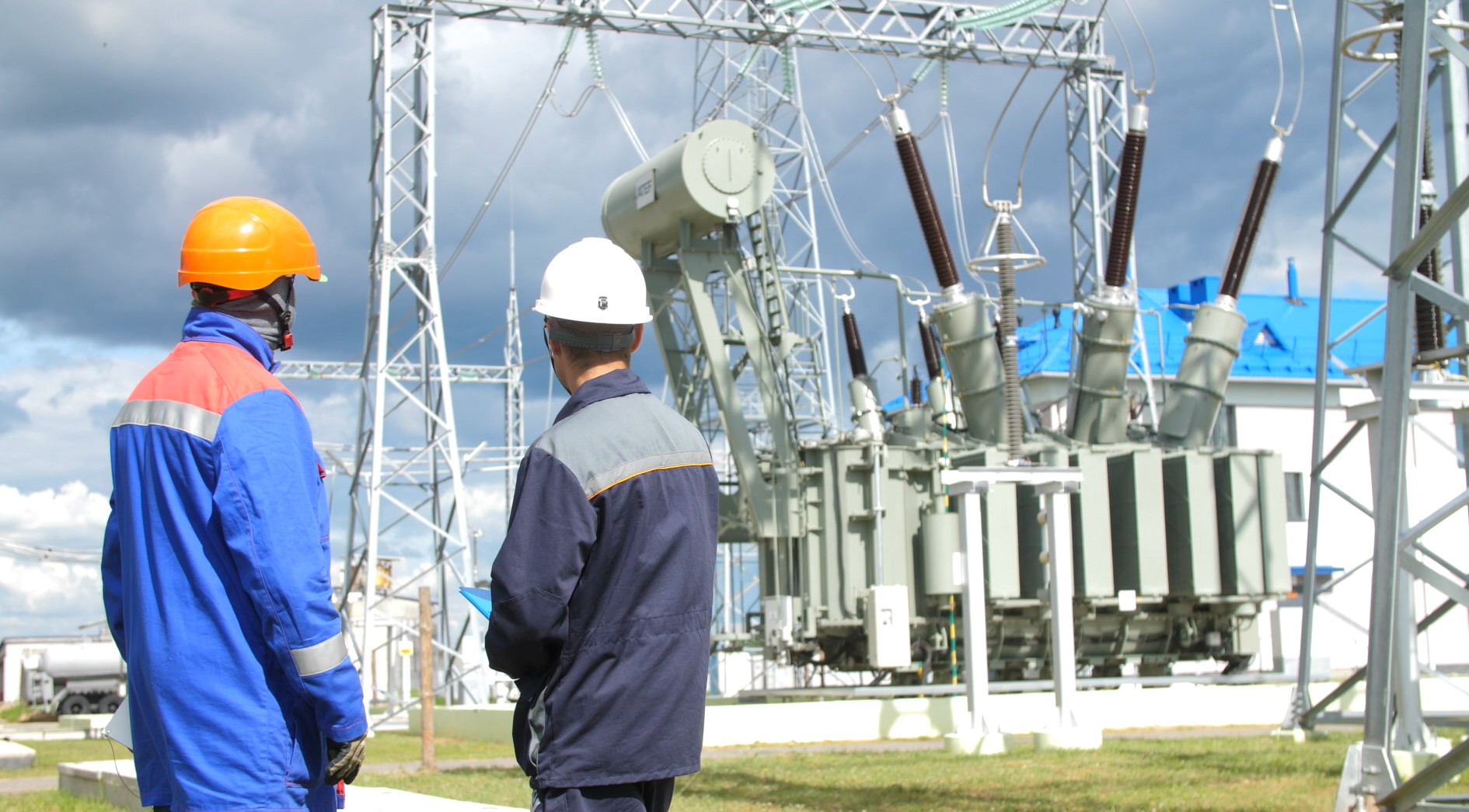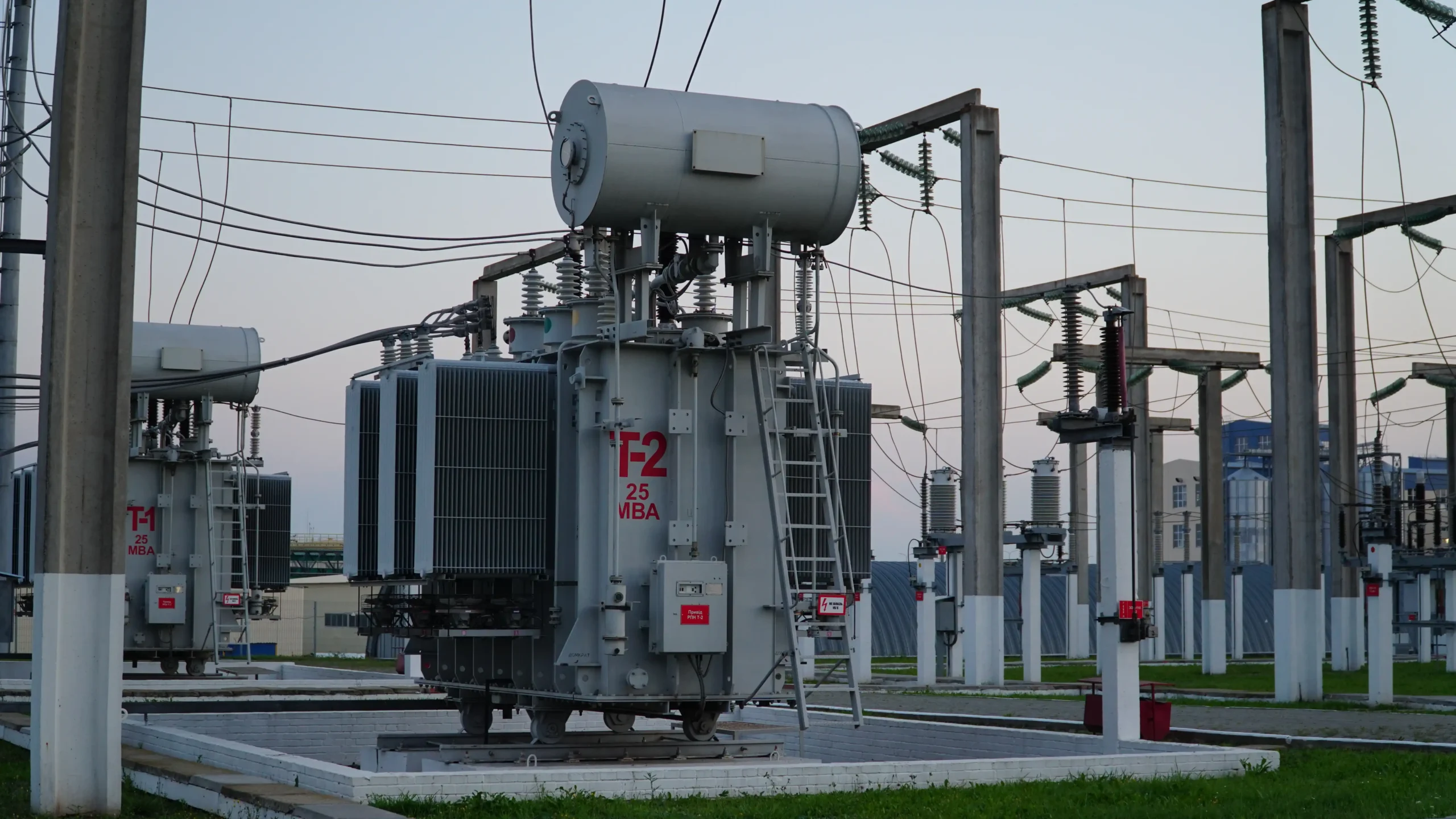Rotating Machines, such as motors and generators, are essential for critical operations across energy, manufacturing, and infrastructure industries. The plant’s profitability relies on the efficiency of such equipment. However, insulation systems are slowly deteriorating. Prolonged exposure to thermal, electrical, environmental, and mechanical (TEAM) stresses leads to structural degradation that can go unnoticed until it’s too late. One of the most critical contributors to this silent degradation is a phenomenon known as Partial Discharge (PD). The consequences of absence of PD Monitoring are Rotor and stator insulation failure, expensive downtime, safety risks, and unscheduled outages. To maintain performance and prevent unexpected failures, partial discharge monitoring in rotating machines is increasingly being adopted as a proactive maintenance strategy.
It starts as an isolated electrical breakdown in voids or weak spots in insulation materials. Breakdowns at weak points inside the insulation, which commonly include voids, cavities, or surface defects, cause high-voltage electrical stress. But if undetected, it continuously weakens insulation materials, causing catastrophic failures.
Over time, these defects create partial discharge in rotating machines, resulting in short, high-frequency pulses that gradually erode the insulation layer by layer. As per industry studies
- 23% of turbo generator failures are stator-related
- In hydro generators, stator winding insulation is the most common failure point
- In electric motors, 36% of all failures relate to the stator, often due to PD-related insulation degradation
Despite risks, most facilities employ aged partial discharge monitors or offline test regimes, which lack real-time data. Today’s needs require early detection through partial discharge monitoring, particularly in medium and high-voltage machines where asset value is substantial and downtime is costly.
Why Predictive Monitoring Is Replacing Offline Partial Discharge Testing to prevent Rotating Machine failures
Offline Partial discharge testing is performed by applying an external high-voltage source when the machine is offline, which causes downtime and production loss. According to IEC 60034-27, tests are limited to low frequencies. High-frequency signals weaken or get attenuated due to the winding’s electrical properties and the sensor’s distance from the PD source. Such limitation, coupled with location dependence and inability to replicate actual thermal, mechanical, and electromagnetic stresses, lowers the detection and reliability.
Although offline testing is adequate for factory or interval testing, it is not preferred for prolonged insulation monitoring. In contrast, online partial discharge monitoring provides continuous real-time measurement under operating conditions, identifies evolving faults earlier and allows integration with predictive maintenance platforms.
Most industries and utilities rely on outdated partial discharge systems without noise filtering, diagnostics, or digital integration. So, it is crucial to identify when to upgrade your monitoring methods to maintain asset reliability and maximize ROI.
How to Know It’s Time to Replace Your Partial Discharge Monitoring in Rotating Machines
Here are seven key warning signs that your partial discharge monitoring system for rotating machines needs an upgrade before it fails to protect your assets.
1. Inability to Monitor Under Real Load Conditions
Partial discharge monitoring systems based only on offline tests call for withdrawing the machine from the grid and utilizing external voltage sources. This process does not simulate a typical operating condition’s real thermal, mechanical, and electrical stresses.
Why is this a problem for Partial discharge monitoring?
- PD behaviour varies under real-time load and environmental conditions, which offline tests do not reflect. Offline systems do not detect stress-induced discharges under load, thermal, and vibration conditions.
- They are unable to offer early warnings between scheduled tests, increasing the risk of insulation failure.
2.Limited Frequency Range
Conventional partial discharge works in a low-frequency range of less than 3 MHz according to the IEC standard. However, high-frequency components (>30 MHz) are essential to identify surface, internal, or corona discharges near machine terminals.
How is this affecting performance?
- Lower-frequency systems are more susceptible to signal attenuation and noise masking.
- Missed discharge decreases diagnostic accuracy, causing delayed or improper maintenance actions.
3. Lack of Real-Time Trending and Alarming
Without continuous data logging or PRPD pattern recognition, tracking PD development accurately becomes difficult. The lack of automated alarms and analytics limits proactive response and timely maintenance decisions.
Why is real-time monitoring necessary?
- It immediately identifies high partial discharge activity, which could signify deteriorating insulation health.
- Threshold-based alarms help the asset manager respond before a breakdown occurs.
4.No Integration with Predictive Maintenance Platforms
Traditional partial discharge system tend to work in isolation without any integration with SCADA, APM , or IIoT platforms.
How does this restrict operational visibility?
- Operators can’t correlate PD data with machine load, temperature, or environmental conditions without integration.
- Lose access to centralized diagnostics, predictive alerts and synchronized asset health insights.
5. Inflexible Sensor Setup
Systems that don’t support multiple sensor types (e.g., HFCT, UHF, acoustic) limit adaptability across machines and applications.
Why are multi-sensor systems important?
- Systems supporting UHF, TEV, acoustic emission, and HFCT allow complete coverage across machine components.
- This flexibility ensures accurate detection and localization of faults.
6. Inadequate Noise Filtering in PD Monitoring Systems
Conventional partial discharge monitoring systems operate unreliably in noisy environments.
Equipment driven by variable frequency drive (VFD) or Pulse-width modulation (PWM) produces transients resembling partial discharge signals.
Why does this compromise PD detection accuracy?
- Insufficient noise filtration results in false alarms, unnecessary shutdowns, inspections, and decreased system reliability.
- Electrical noise interference can mask or misclassify actual PD events, making accurate detection possible only with advanced filtering and validation.
7. High Downtime and Disruption During Testing
If partial discharge monitoring disrupts operations or requires extended disconnections, it reduces productivity and increases asset risk.
Why operational efficiency suffers?
- Offline testing leads to production downtime, delayed diagnostics, and higher labour costs due to manual inspections and coordination.
- Modern partial discharge systems enable plug-and-play, non-intrusive sensor retrofitting installation, often without requiring machine shutdowns.
These are not just functional warning signs; they are signals that your current partial discharge monitoring in rotating machines may seriously risk your equipment and uptime. Early-stage insulation failures often go undetected without real-time visibility and condition-based insights until it is too late.
This is why predictive approaches such as AI-enabled partial discharge monitoring in rotating machines are becoming essential. According to a study cited by the U.S. Department of Energy, predictive maintenance can reduce breakdowns by 70–75%, cut maintenance costs by 25–30%, and lower downtime by 35–45% compared to traditional methods.
These are not mere figures for capital-intensive industries but reflect tangible improvements in reliability, cost savings, and risk mitigation. Upgrading to a contemporary partial discharge monitoring system is more than a technical upgrade; it is a strategic commitment to safeguarding insulation health, maximizing operations, and guaranteeing long-term asset performance.
